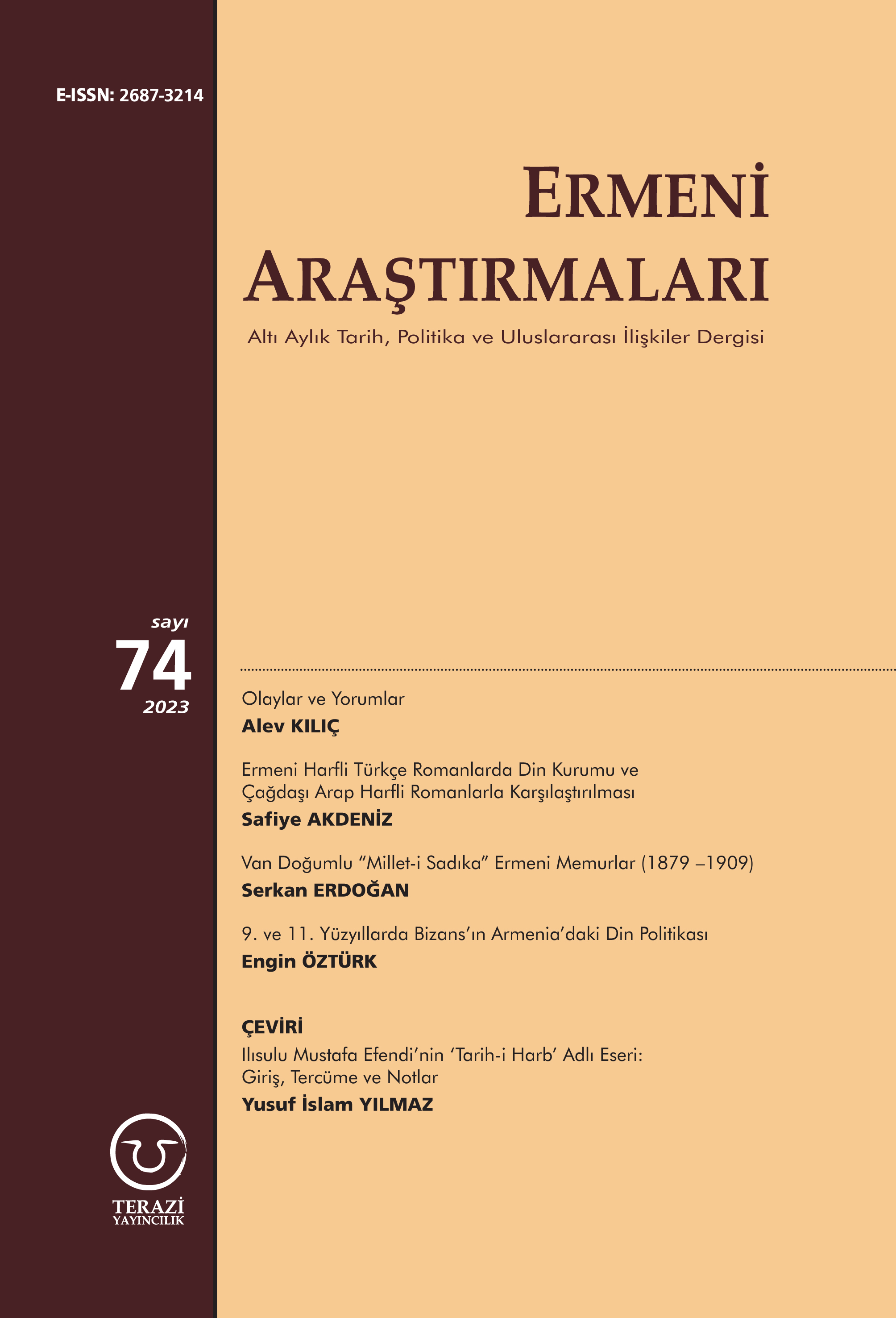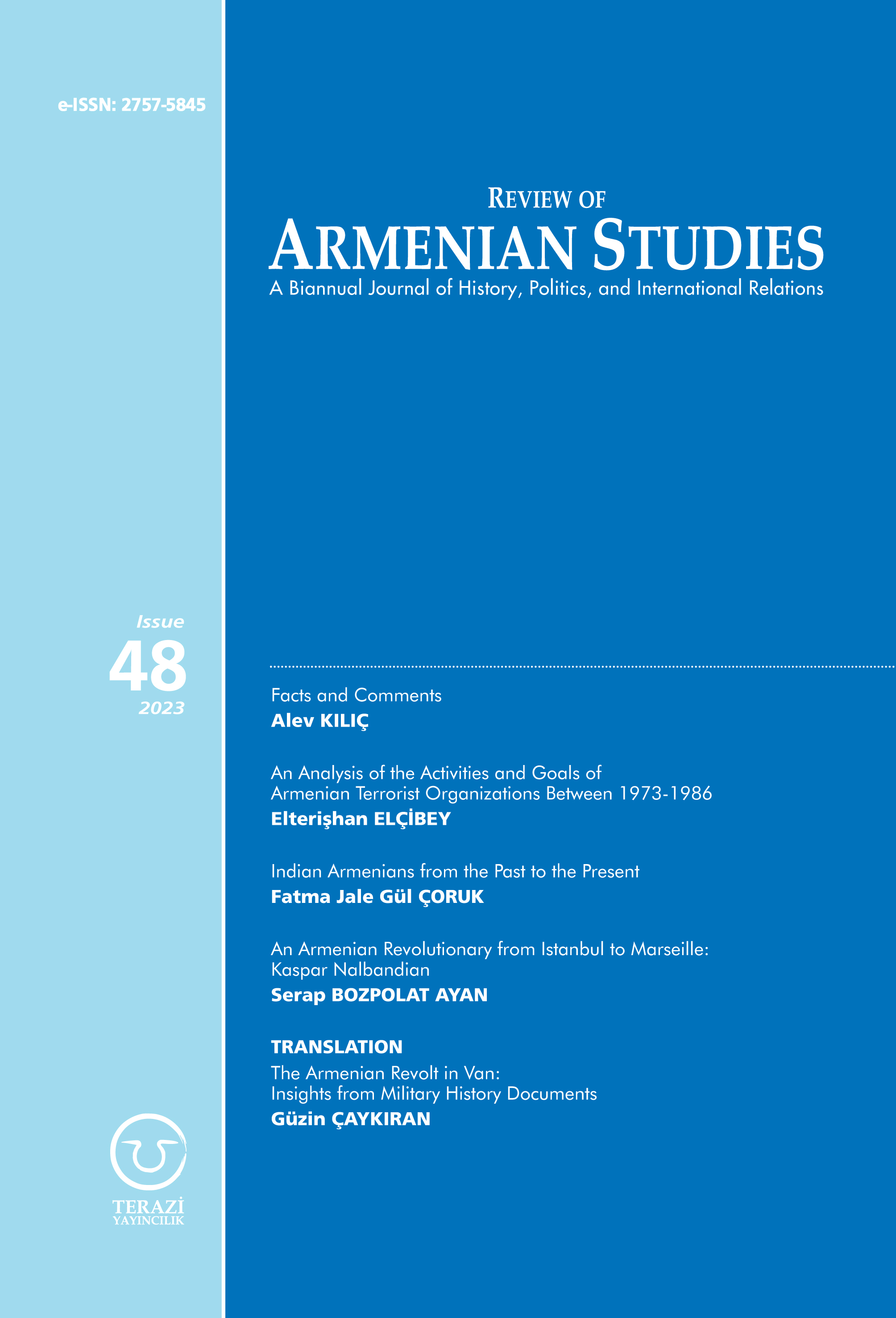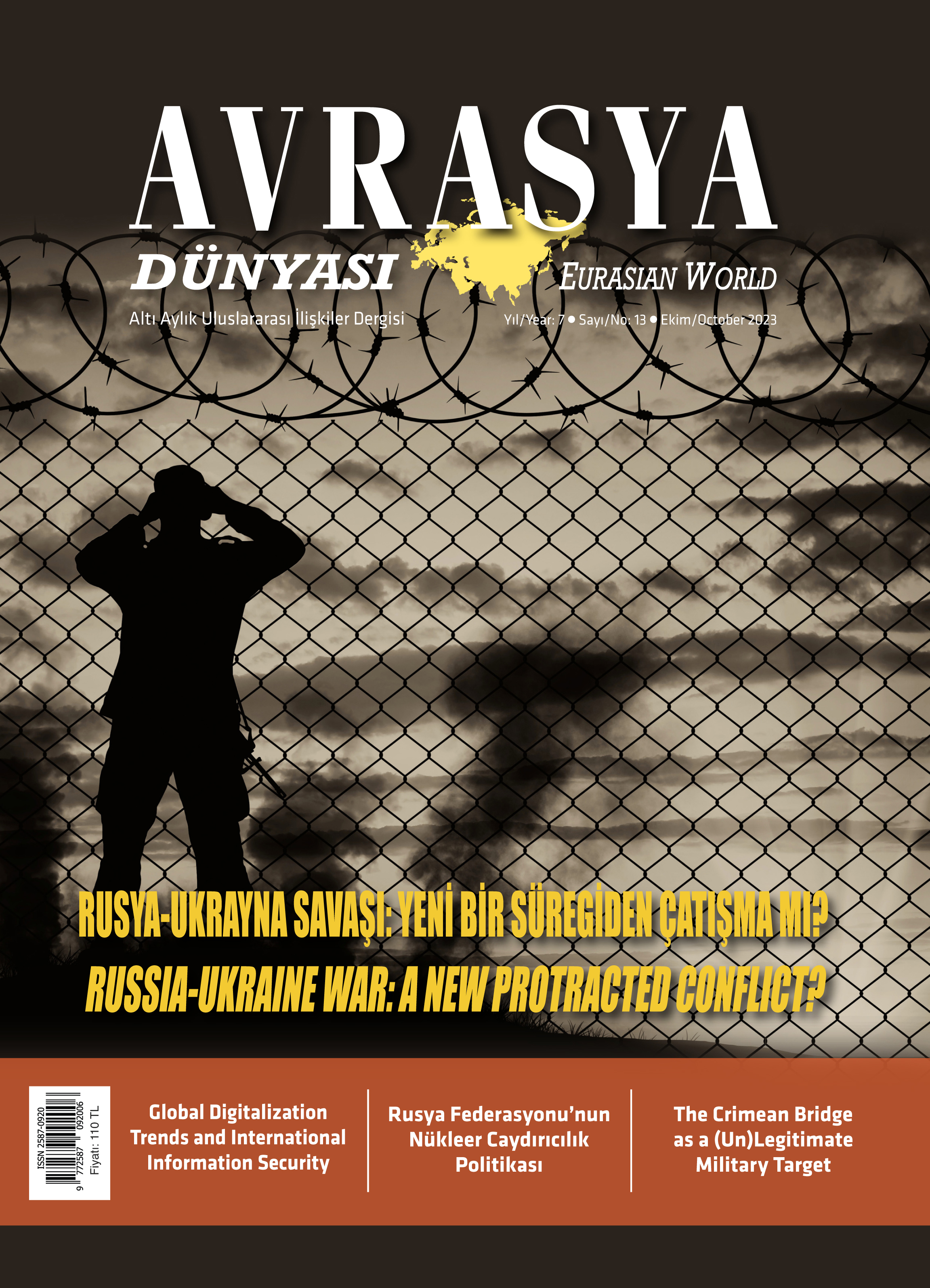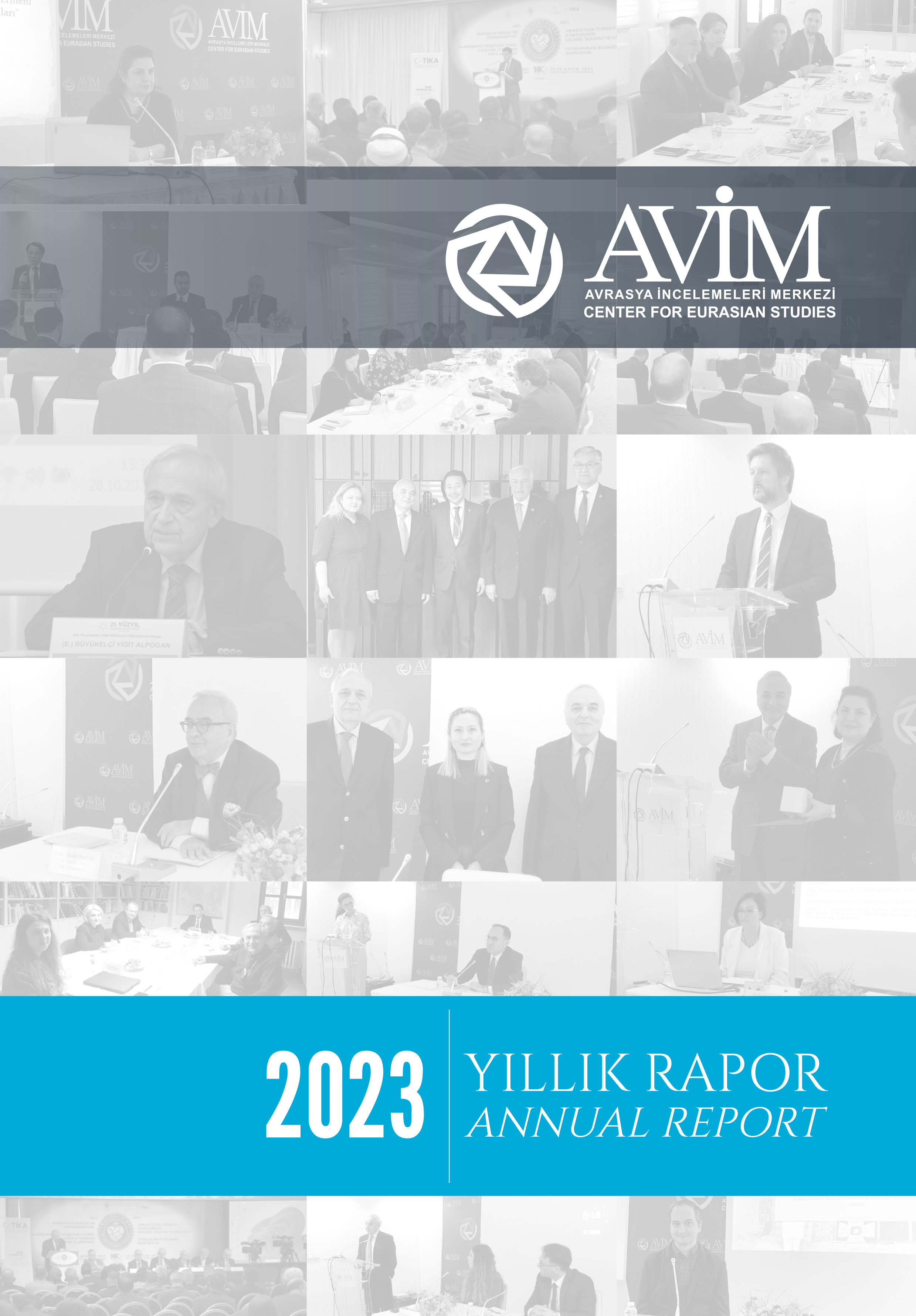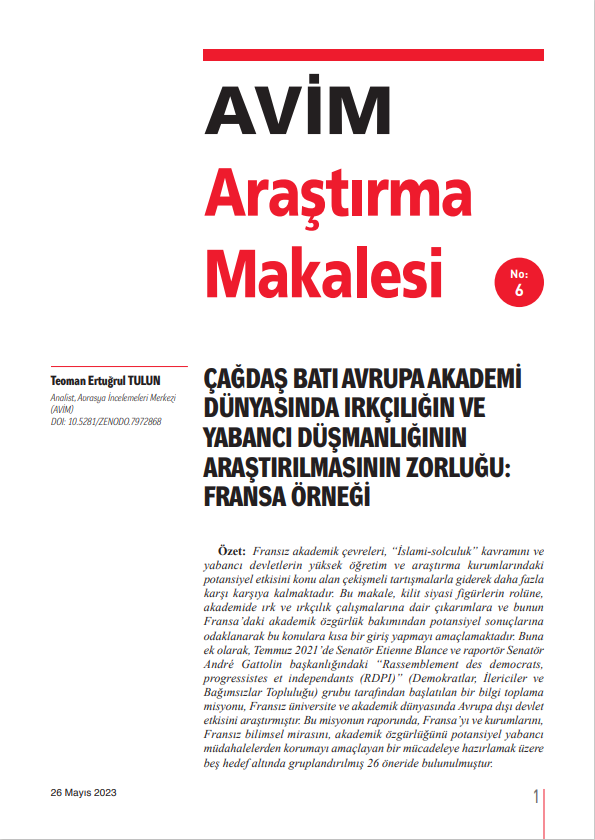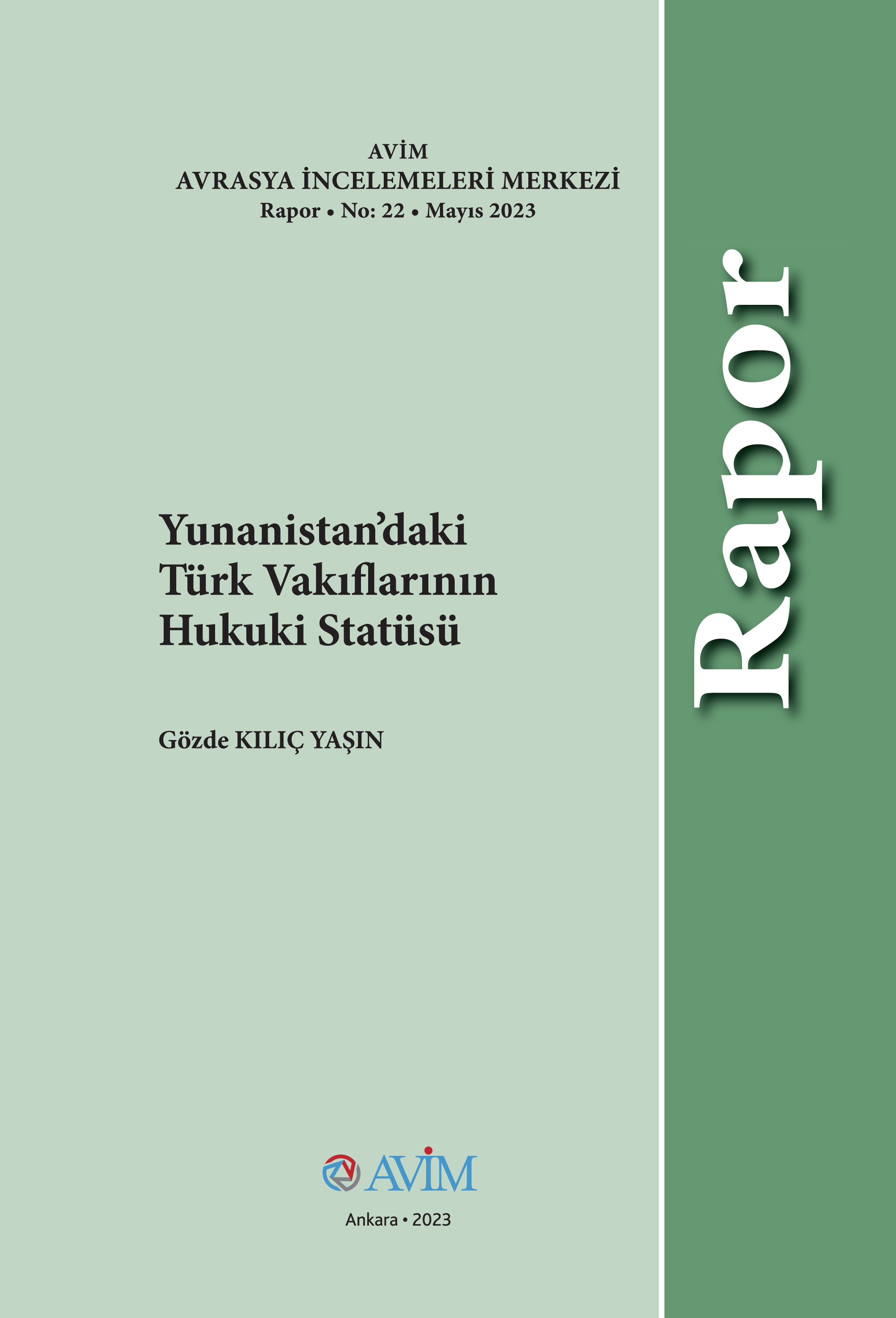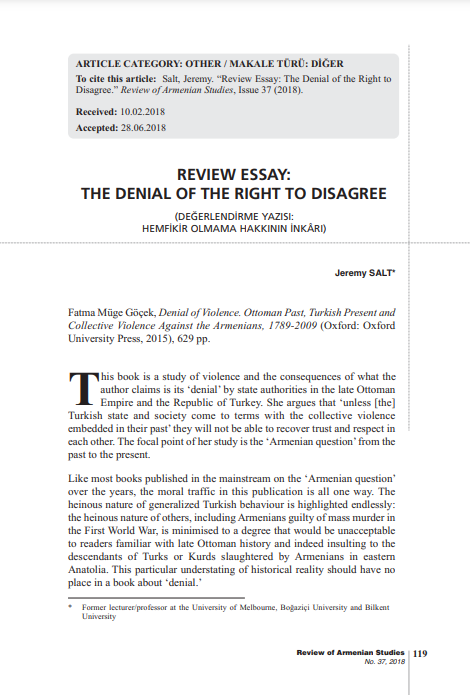EU Observer (24 June 2019)
"Brazen forgeries" designed to fan sectarian violence in Northern Ireland were sown online by a "Russian operation", a US think tank has said.
One involved a fake tweet by the UK defence minister about the Real Irish Republican Army (RIRA), a militant group.
Another one was a false email by a Northern Irish party leader on Brexit.
And a third one said the RIRA had invited "Muslim extremists" to join them to "fight on the Irish soil".
The inflammatory content was put online between March 2018 and April 2019, according to Ben Nimmo, a scholar of Russian propaganda at the Atlantic Council, a think tank in Washington.
The "suspected Russian intelligence operation" sought to "fan divisions between, and within, Western countries", he said in a report published on Saturday (22 June).
"The Russian operation launched not one, but at least three separate forgeries, one attributed to a senior minister, another to a party leader. Each time, the apparent purpose was to exacerbate the already raw divides in Ireland and the United Kingdom," he added.
The fake tweet by then British defence minister Gavin Williamson had said RIRA was involved in the attempted murder of former Russian spy Sergei Skripal in England.
The false email by Democratic Unionist Party (DUP) leader Arlene Foster said she was "favourable" to an EU deal on Brexit which was a red rag to unionist militants.
A related Russian story warned of "bloody confrontation" in Northern Ireland if the DUP backed the deal.
The purported invitation to jihadists by an RIRA "headhunter" was an untraceable screenshot of an online Muslim discussion board.
Some of the content was posted by "ostensibly Irish personas" on US social media giant Facebook.
Other parts were published on US aggregator website Reddit and American image sharing website Imgur.
The same or similar material was also posted, often simultaneously, in smaller online forums in English, French, German, Spanish, and Ukrainian, the Atlantic Council study showed.
"Each of these stories used the same techniques. They started by posting a forgery online, amplified it with a number of accounts created especially for that purpose, and finally boosted the content on Facebook," the think tank's Nimmo said.
One tell-tale sign of the forgeries was use of "distinctly non-native" syntax and phrases, the expert noted.
The operation tried to cover its tracks by using "burner accounts" - fake online personas which only ever posted one item - he also said.
The one on the British defence minister used a purloined photo of British actor Hugh Laurie as its profile picture, the study showed.
The Good Friday Agreement ended decades of sectarian violence in Northern Ireland in 1998.
Discussion on Northern Ireland's status after the UK leaves the EU has raised tension, amid the spectre of a return to border security checkpoints.
But "none of the [forged] stories gained any traction" Nimmo said.
"In part, this was likely due to the nature of the content. In part, it was due to the obsessive secrecy with which the operation was conducted," he added.
"The operation never had the chance to build up a following or develop its audience," he said.
For its part, Facebook took down the suspicious accounts in a broader clean-up in May, after the US firm identified what it called "co-ordinated inauthentic behaviour" that was "emanating from Russia".
A spokeswoman for the Russian embassy in Dublin told The Irish Times newspaper that the Atlantic Council study had "nothing to do with reality".
But Nimmo told the newspaper that "the combination of Brexit, a hard border, and all the rest of it is an open wound".
"If you are a hostile foreign actor, why would you not stick your finger in it?," he said.
No comments yet.
- ROMANIA'S FINANCE MINISTER WANTS TO RUN FOR PRESIDENT The Balkans 24.06.2019
- MYSTERY FIRES IN IRAQ KILL DREAM OF FOOD SELF-SUFFICIENCY Iraq 24.06.2019
- AZERBAIJAN SUPPORTS RENEWING OPEC+ DEAL ON SAME TERMS The Caucasus and Turkish-Armenian Relations 24.06.2019
- LET’S SET THINGS STRAIGHT: ACCESSION TALKS DO NOT EQUATE EU MEMBERSHIP PROMISE Europe - EU 24.06.2019
- PROTESTS CONTINUE IN ALBANIA WITH CALLS FOR ELECTION BOYCOTT AND PRIME MINISTER RAMA TO GO The Balkans 24.06.2019
-
19.04.2024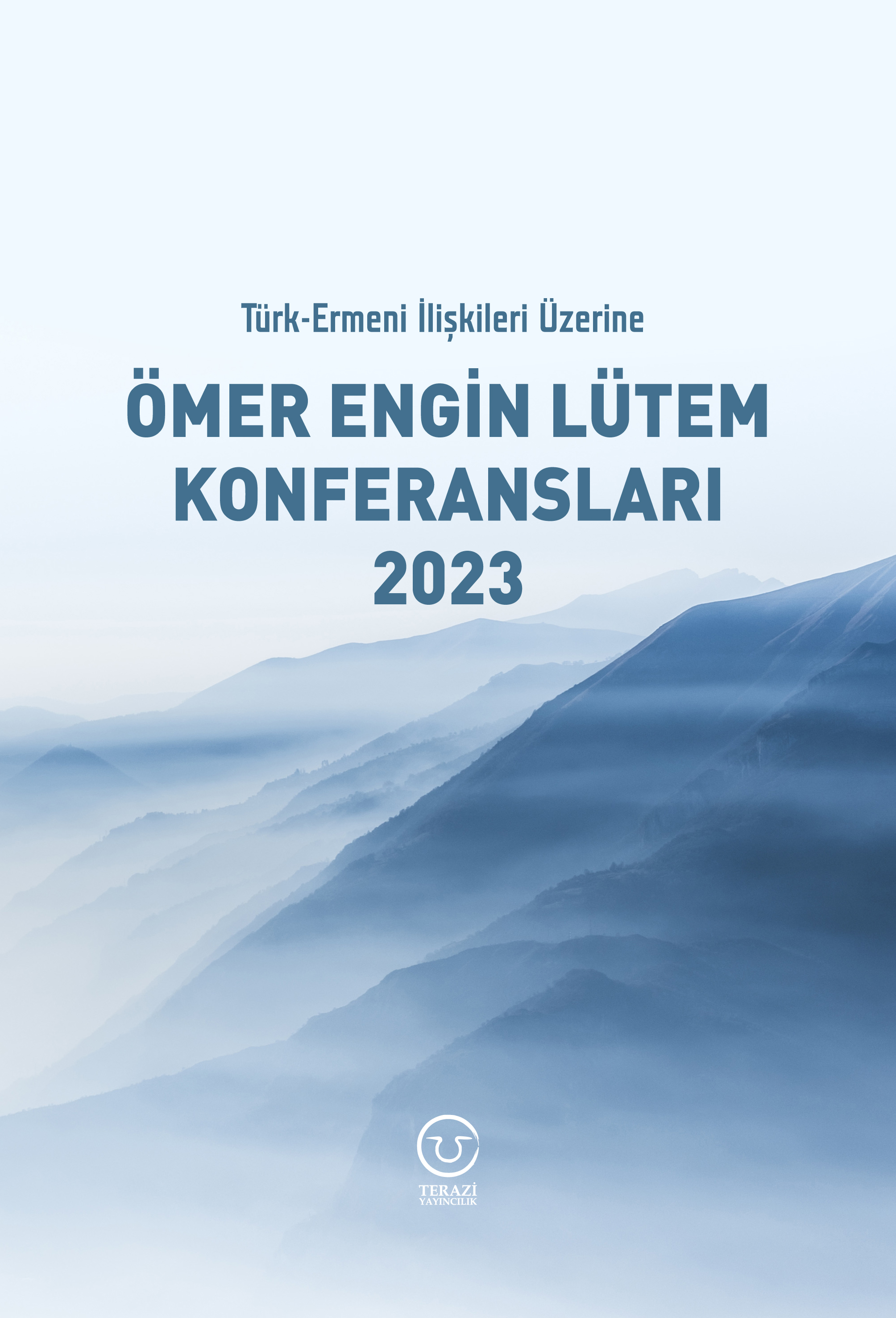
Türk-Ermeni İlişkileri Üzerine Ömer Engin Lütem Konferansları 2023 -
11.04.2023
Türk-Ermeni İlişkileri Üzerine Ömer Engin Lütem Konferansları 2022 -
27.03.2023
RADİKAL ERMENİ UNSURLARCA GERÇEKLEŞTİRİLEN MEZALİMLER VE VANDALİZM -
17.03.2023
PATRIOTISM PERVERTED -
23.02.2023
MEN ARE LIKE THAT -
03.02.2023
BAKÜ-TİFLİS-CEYHAN BORU HATTININ YAŞANAN TARİHİ -
16.12.2022
INTERNATIONAL SCHOLARS ON THE EVENTS OF 1915 -
07.12.2022
FAKE PHOTOS AND THE ARMENIAN PROPAGANDA -
07.12.2022
ERMENİ PROPAGANDASI VE SAHTE RESİMLER -
30.03.2022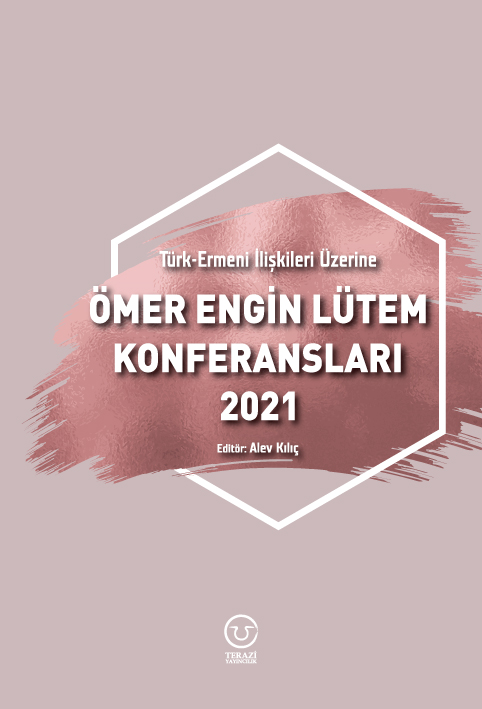
Türk-Ermeni İlişkileri Üzerine Ömer Engin Lütem Konferansları 2021 -
01.01.2022
A Letter From Japan - Strategically Mum: The Silence of the Armenians -
01.01.2022
Japonya'dan Bir Mektup - Stratejik Suskunluk: Ermenilerin Sessizliği -
11.02.2021
Türk-Ermeni Uyuşmazlığı Üzerine Ömer Engin Lütem Konferansları 2020 -
03.06.2020
Anastas Mikoyan: Confessions of an Armenian Bolshevik -
08.04.2020
Sovyet Sonrası Ukrayna’da Devlet, Toplum ve Siyaset - Değişen Dinamikler, Dönüşen Kimlikler -
18.03.2020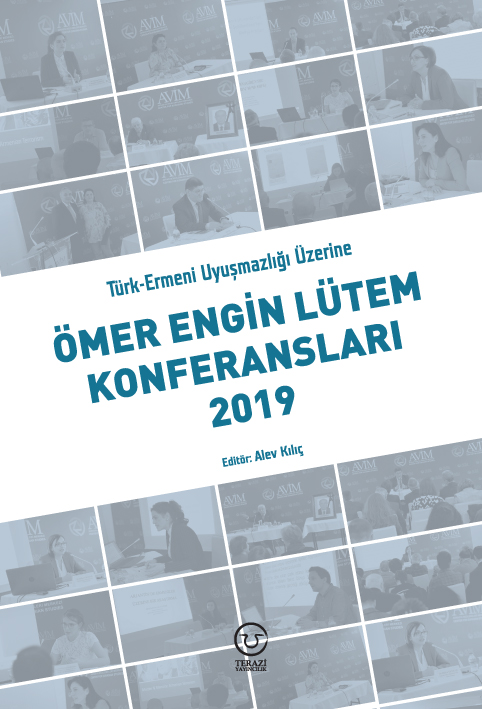
Türk-Ermeni Uyuşmazlığı Üzerine Ömer Engin Lütem Konferansları 2019 -
08.03.2019
Türk-Ermeni Uyuşmazlığı Üzerine Ömer Engin Lütem Konferansları 2018 -
12.06.2018
Ermeni Sorunuyla İlgili İngiliz Belgeleri (1912-1923) - British Documents on Armenian Question (1912-1923) -
02.12.2016
Turkish-Russian Academics: A Historical Study on the Caucasus -
01.07.2016
Gürcistan'daki Müslüman Topluluklar: Azınlık Hakları, Kimlik, Siyaset -
10.03.2016
Armenian Diaspora: Diaspora, State and the Imagination of the Republic of Armenia -
24.01.2016
Ermeni Sorunu Temel Bilgi ve Belgeler (2. Baskı)
-
AVİM Conference Hall 24.01.2023
CONFERENCE TITLED “HUNGARY’S PERSPECTIVES ON THE TURKIC WORLD"

